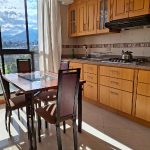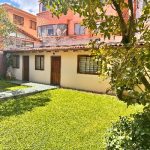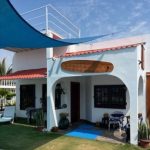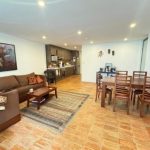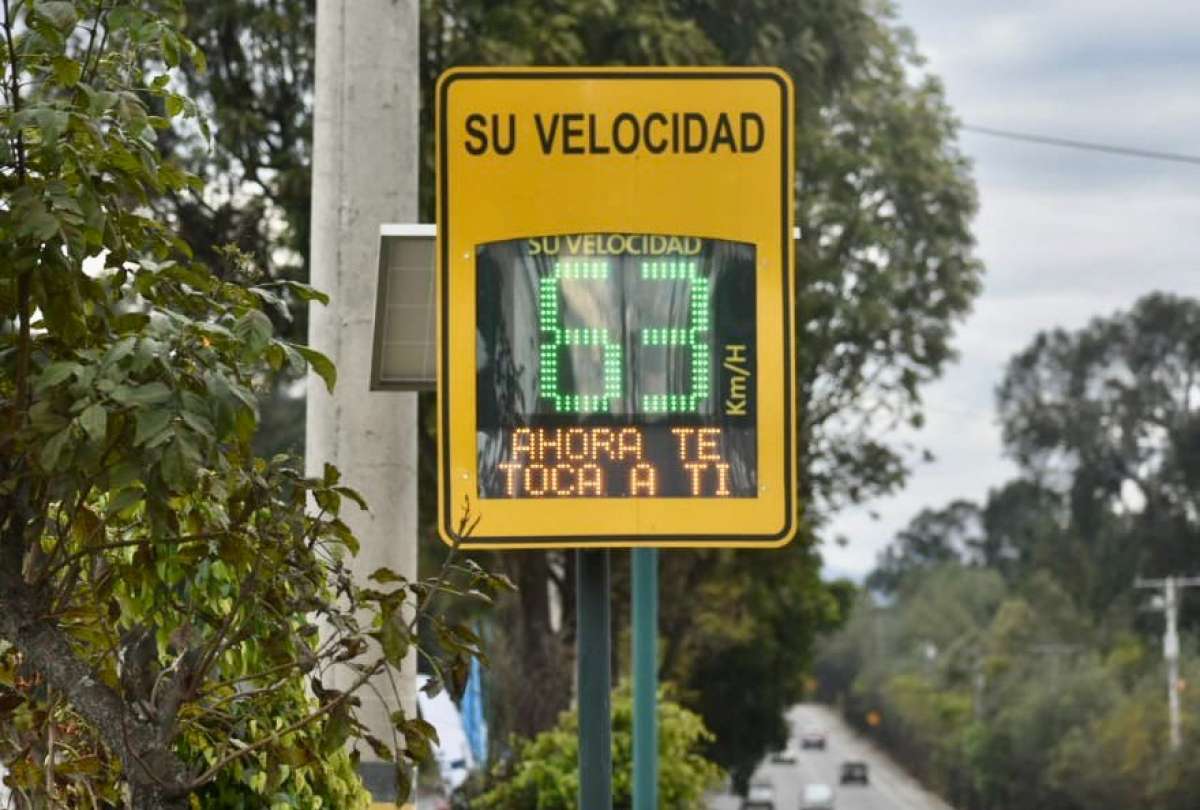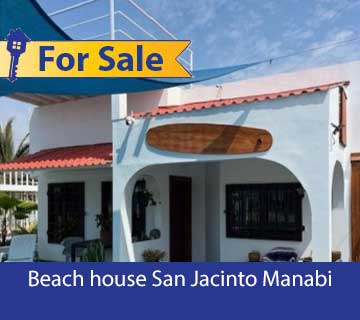Navigating the Rio Tomebamba: The historic river divides Cuenca’s El Centro from ‘New Town’
By Sylvan Hardy and Deke Castleman
Cuenca’s famous Rio Tomebamba is the proverbial “river running through it.”

The ‘Baranco’ from the Rio Tomebamba.
The river forms a natural boundary to the south of El Centro, at the bottom of a river bluff known as El Barranco. It provides a natural separation between Cuenca’s historic district and the more modern area to the south, often referred to as nuevo pueblo, or New Town. At the same time, Cuenca’s historic buildings tower over the river, offering some excellent photo ops.
The Tomebamba is one of the four small rivers that flow through Cuenca. The others are the Yanuncay, Tarqui, and Machangara, and together they give Cuenca it’s name, which mean “watershed” or “basin” in the Old Español. All four rivers originate less than 20 miles from town, in the Cajas Mountains.

The Rio Tomebamba: A good `place to walk and talk.
The Tomebamba is the most historic of Cuenca’s rivers, having served as the city’s centering point during the times of the Cañari, Inca and Spanish. The ruins of Pumapungo, the Cañari and Incan temple, a popular tourist attraction, are perched on the river’s shores just east of El Centro. For a brief period during the Inca civil war, just prior to the Spanish conquest, Cuenca served as the northern capital of the empire. The Inca emperor Huayna Capac was born on the grounds of Pumapungo.
A walk along the river is picturesque, with its ever-changing landscapes of greenways of grass, trees, flower beds, bridges (a couple for pedestrians only), benches, and walking paths; the sidewalks on the north riverbank were completely refurbished in 2012 with decorative pavers, improved lighting, and curbs. Not only is there very little trash, but the grassy riverbanks also provide a great area to sit, relax, and go with the flow.
Because the Tomebamba originates high up in the Andes, it’s highly changeable, rising and receding with the mountain rains, going from tranquil to raging and back again in a matter of hours. The river flows east and, though it’s hard to imagine, Cuenca being only 80 miles from the Pacific Ocean as the crow flies, the Tomebamba’s water flows to the mighty Amazon River and eventually empties into the Atlantic Ocean.

The bridge across the Tomebamba below the Hermano Miguel escalinanta
When it’s calm, indigenous people plant their feet in the bracing waters to wash their clothes and linens against rocks and boulders. It’s not only a timeless scene, it’s also a vivid tableau of bright colors against the green riverbank. The tradition is dying fast and will probably be a thing of past within a generation, so see it while you can.
All Cuenca’s major festivals are centered along the river. They start at Puente Roto, the old arched stone “Broken Bridge” dating from the 1840s, a large part of which was washed away by a flood in the 1950s. They continue along Parque de la Madre at the foot of La Escalinata (the 100-step staircase up to Hermano Miguel Street), past the military hospital and Inca Bar and Lounge (located in a historic lumber mill on the north bank, just upstream from the stairway at Hotel Crespo, itself the oldest hotel in the city), and fronting the Universidad de Cuenca campus.

The ruins of the Incan Pumapungo temple at night. The site was the capitol of the Incan Empire for two years during the Incan civil war.
The festivals usually terminate on the west side of Puente del Vado at Plaza Otorongo, but the riverwalk follows the curving banks to Av. Unidad Nacional, past the Jefferson Perez Coliseo, under Av. de las Americas, and by the many high-rises of Gringolandia on the western edge of the city, with their picture windows overlooking the greens and grays of parkland and waterway.
You want to be careful walking the river at night, especially out in Gringolandia, where there have been several robberies under the cover of darkness along the riverbanks. But it feels perfectly safe to walk from one end of the cityscape to the other during the daytime.


